|
It has been quite the transformative week around here... the deer fence is up (with the exception of the gates) and it looks fantastic. We had also planned for the fence contractor to reuse some of the old materials (from the shorter fence we took down) to create a perimeter fence for our homestead flocks of chickens and sheep. When we bought this farm, there was an old concrete foundation from a building that had burned down (maybe 20 years ago?) and it was totally overgrown with grass and weeds, and squeezed right up against our greenhouse. It's the place we bring noxious weeds. We call it "the burr-dump" because we've brought so much seeded out burdock there. We thought we'd be living with that forever, but as Jerry (the fence guy) was preparing to start the second fence project, he offered to clear out the old foundation for us- and it was reduced to a pile of concrete in about 4 hours (photo below)! His buddy with a dump truck is coming tomorrow to pick it up, and the burr-dump will be gone forever- a real dream come true!
It turns out Jerry is a man of many talents, and another we discovered this week... drone operator! So, the other photo this week is a bird's eye view of the farm on a foggy morning. When we saw it, Els and I were stunned that we live there (so lucky!)... it looks like the photo could be taken in another country, or even another world.
0 Comments
These sunny days feel absolutely fantastic after the cloudy late winter and early spring we've had. When it's warm out like this, it's difficult to remember that the soil needs to warm up before we can plant anything... we've now had itchy fingers for about a week! We are using this time to seed our transplants, of course- but also to work on some much overdue projects around the farm. Did I mention in my last email that we are hosting Els' sister and her boyfriend during this time of social distancing? We have an apartment at the farm where they did two weeks of quarantine, but now we are able to mingle freely. We are happily taking them up on their offer to help, and able to do large projects so much faster with twice as many hands! On the agenda for this week was hoop house improvements... We pulled new plastic up and over one of our hoop houses, built solid end walls (with doors!) and also built two new heated benches for growing transplants. We are so grateful to have so much to keep us busy right now, and so much space to do it in. You can see some more photos and a video if you follow us on Instagram... Since I last wrote an update, we have had all kinds of spring birds returning to the farm. Geese have been flying overhead at night on their migration north, we have heard Sandhill Cranes, Bluebirds, Redwing Blackbirds (including Ba-Bo, our special Redwing Blackbird with an unusual song), Robins, Kildeer en masse- I think that means they are also migrating, Song Sparrows, and I'm sure a few others that I'm forgetting. Soon will be the Spring Peepers (frogs)... we will keep you posted! Oh, and I also want to send a shout out to our CSA member and neighbor, Lisa who made us masks to use this summer when washing and packing (so we don't breathe on the veggies!) Here's a photo of me and our rooster "Poopie Pants" or "Poop Cutie" for short, matching in our black and red outfits: Of course, the Coronavirus brings a bit of uncertainty to any small business. Farmers live with uncertainty even in the best of times, as we are always at the whim of Mother Nature. You can't farm year after year without also cultivating hope for the future... farmers just aren't build for it!
That being said, we are choosing to plant as we usually do (as if this will be our best season yet!) for a few reasons: Vegetables are a key to health and wellbeing- staying in good health is important, and our members know that! We intend to keep providing the most nutrient dense food we can, for as many people as we can. Local vegetables touch fewer hands- CSA is clearly the shortest food supply chain available (other than growing your own), followed closely by purchasing direct from a farmer at a farmers market. Clean air and sunshine- are natures best defense against germs. Growing outside, in our natural system keeps us and our vegetables healthy, happy and safe! Planting seeds is an act of hope and faith. I'm grateful that you have chosen to support our farm through your CSA Share this season, and we will CONTINUE to practice safe food handling protocals once harvest season is upon us! In addition to food safety, we are currently also limiting our off-farm activities and farm visitors. We are with you from afar in this social distancing thing... Eat well, be well! Your Farmers, Les and Els January seems to be grant writing season in the farm world. A financial push forward is often the thing we need in order to commit to a big project. In 2017 we were lucky to receive a grant from Lakewinds Co-op to start construction on our pack shed. That building has made the biggest difference imaginable to our business, and it still amazes me each time we can ROLL (like with wheels!) a pallet of CSA shares into our walk-in cooler!
We appreciate the process of grant writing, because it asks us to take a good look at our vision, why we do what we do. This year, we are again applying for the Lakewinds Organic Field Fund grant. We are hoping to fund a fencing project that will exclude deer from about 17 acres of our property. We only grow vegetables on about 1.5 of those acres... the rest will be planted to trees (natives, nut and fruit trees) and make space for grazing animals. Weather we get the funding or not, the process is good because it helps us crystallize our vision. I got so excited about what we wrote, I wanted to share it with you! The specific question was: What are your goals and what is vision for the short-term and long-term future?We envision a world in which all people know how and where their food is grown and who grew it. A world where nutrient dense food is an affordable necessity and not a luxury. Where people connect to the land through their eating practices. Where the production of food (protein, grains and vegetables) contributes to a healthier planet. Where plants clean the air and water, healing the past century of pollution, and people work with animals to improve soil health. We are working towards creating this connection on our land and in our community. By improving soil quality and planting perennials, we are beginning a process of healing our land and our watershed. We are looking beyond ourselves as caretakers of this land. We aim to set up a farm that will carry future generations of farmers in prosperity without depleting the soil. We intend to accomplish this by:
Keep your fingers crossed for us, would you? Les and Els We began our farm with the mission to help more people eat local for more of the year. We began our CSA in WINTER of 2015, for a few reasons:
-Winter is the hardest time for midwesterners to find local produce. -There were plenty of summer CSA programs delivering to the twin cities, and we didn't want to step on anyone's toes. -We thought by doing something different, we could find members that valued our mission. This year the scale has tipped from focusing on the "more of the year" part of our mission, to the "help more people eat local" part. We are so proud that we have, in these past few years grown our CSA from12 members to over 70! But growing food for that many people on the small amount of space we can manage by hand means we don't have as much room in our garden for things that take up lots of space (like most winter crops do). For that reason, we have stopped the winter share which was at around 20 members, and instead are offering a fall box to as many of our members that want it. Here's what that looked like: It was a big goal of my to photograph each box this season. And I did it! Maybe next year I'll document the large shares...
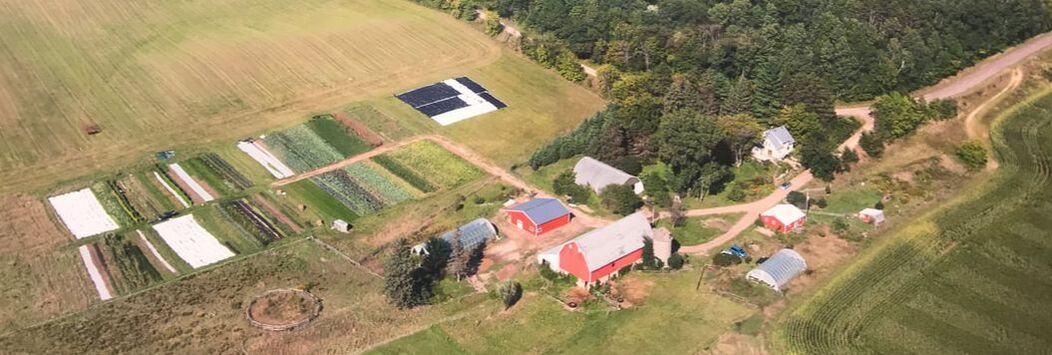 As beginning farmers (that's technically someone who's been farming for 10 years or less, according to the USDA), Els and I are working on finding systems that work for us, and work for this land we have been allowed to care for. In the past few years, we have worked to reduce the amount of soil disturbance that we do in general. Why? Because it destroys the delicate structure of the soil, upsetting the beneficial fungi and microbes that help get the plants the nutrients that they need to thrive. There is a saying, "tilling is killing", and this is one reason that all the huge corn and soy bean farms around here stopped tilling the soil years ago. Also, each time you till the soil, carbon is released into the air, and once the soil is loosened it can be washed away in the rain. The thing is, it's much trickier with vegetables. To plant teeny tiny vegetable seeds, or even to transplant small plants, your soil must be "friable"- that means loose and fluffy. Tilling is an easy way to get that texture of soil. Organic farms also use tilling as a method of weed control. They can't just be spraying round up on their organic veggie fields, like the corn and soy farmers do. Until pretty recently, it was a given that vegetable farmers HAD to till. But this is an exciting and innovative time for small scale vegetable growers! Farmers like us have been experimenting, and there are a bunch of cool methods and tools that are allowing us to use the power of nature to till the soil. I like to think of it as "worm-till". In the photo of our farm below, you can see the veggie field has swaths of black and white covering it. Those are giant tarps that we use to smother weeds and spent crops so that we don't have to till. We also use landscape fabric between widely spaced crops like winter squash to accomplish the same thing, but still be able to grow a crop at the same time. Winter squash is a prime example. You plant a row of seeds every four feet. that's a lot of bare soil between rows, so we covered the bare soil with fabric right after seeding. The squash plants grew so big, that you can't even see the fabric from this photo (it's the right-most bottom swath of field- next to the field road). While the soil was covered, worms were under there working like it was night time 24 hours a day. We never had to water our winter squash, because the soil was shaded from the sun, and protected from the wind, so the rain we got last year was plenty... and it was a really dry year! We harvested the squash in the fall, but left the fabric in place over the winter. In the spring we raked off the dried squash vines, and peeled back the fabric to reveal soil that we could transplant right into with our bare hands. As 2019 begins, I've been sifting though some of the photographs we took last year. It's been fun to remember the visits we have had, and the things we have accomplished! 2018 was the second season on our farm, and we took on the huge project of building (or, rather... having someone build for us) a pack shed that we will be able to use year round- in other words, it's insulated, so we can increase our storage crop and winter CSA capacity. We also had our first harvest party this fall, where friends and CSA members came out to the farm to take a look. It was loads of fun, and we had a neighbor come by with his mobile pizza oven and serve up some tasty pizzas! We doubled our growing area, and increased the number of CSA shares we offered, which was a big deal for us, as it is a step towards financial sustainability for us. As we learn what works and what doesn't for our size and scale, we will be able to feed even more people from our small plot of land. We've had all manner of visitors out at the farm, family, friends, and folks that we had never met before that were looking for community in other queer farmers. Here are some of the gems hidden deep in my photo reel- I hope you enjoy the glimpse into our year, and perhaps it'll inspire you to come out for a visit! Photos from our fall harvest party- the rain held off, and the hot tea, friendship, and fires kept us warm.
You know that saying, "there's never a dull moment"? Well, there is this moment that happens in early fall. It's the moment when most things are planted, and you are just waiting for the big harvests to start rolling in. It would be a nice time for a dull moment or two. The weather is beautiful and there are an array of summer crops available, should you want to cook an elaborate meal or do some canning. It seems like we find some trouble to get up to every time this happens... and this week, we brought home a mule. That's right, a 2 year old miniature mule- her mom was a pony and her dad was a donkey. The other way around, we learned while doing about some internet research before making this decision, is called a hinny. She's young and a little feisty, she's bitten us several times already, so we decided to name her after one of our most favorite devas, Stevie Nips.
She is technically here at the farm to be a guardian animal for our sheep, but I'm looking forward to getting a little driving cart and training Stevie and Els to go for rides. |
Have something to add?We would love to include your recipe ideas and pictures! Archives
September 2020
Categories |

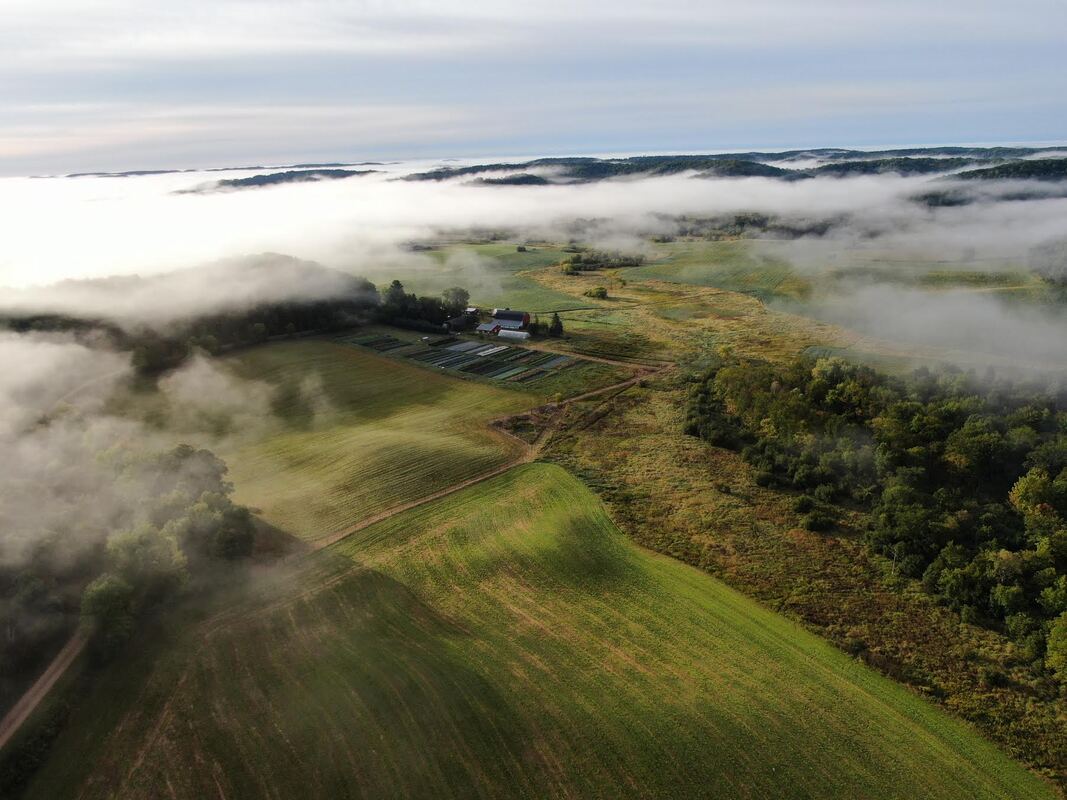

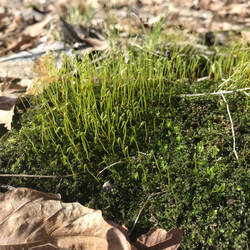



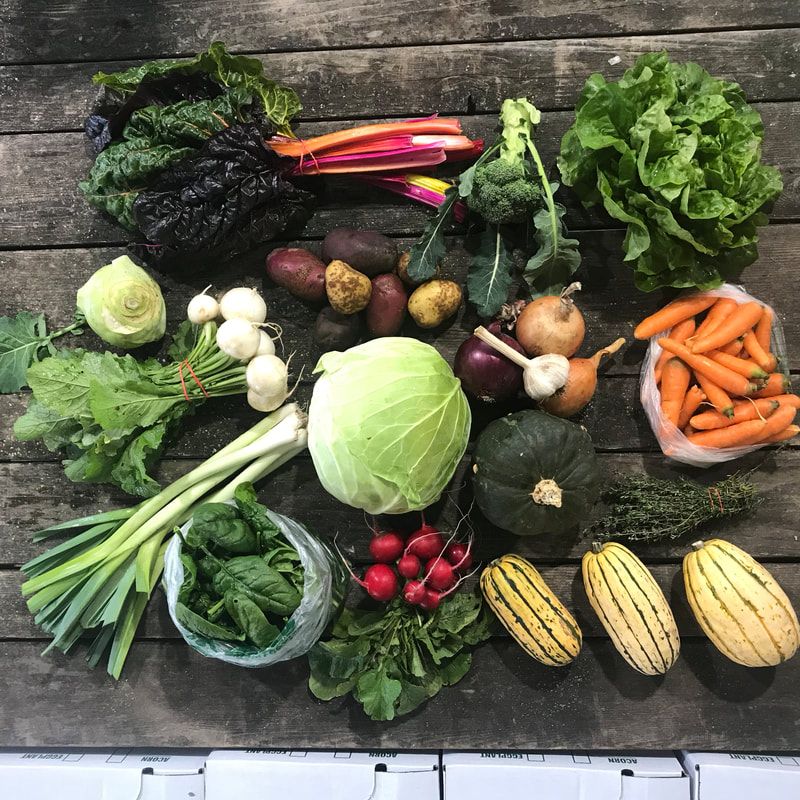

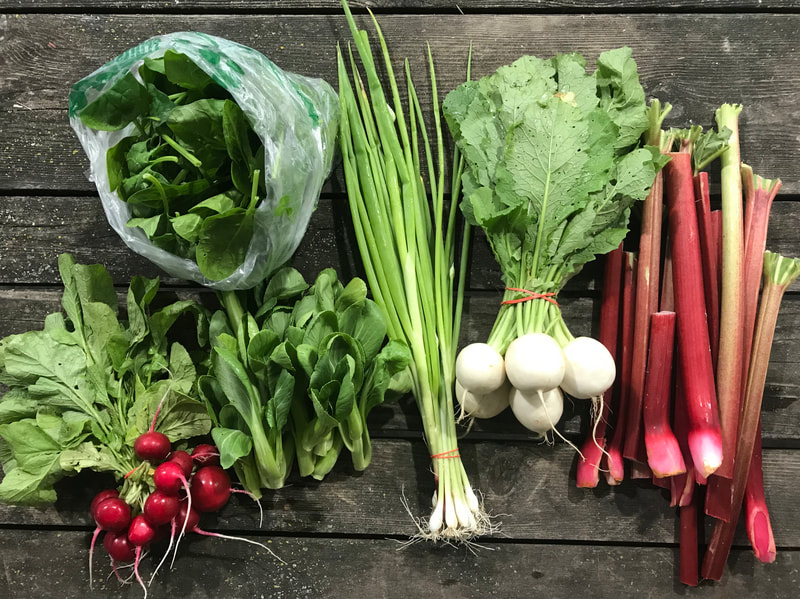










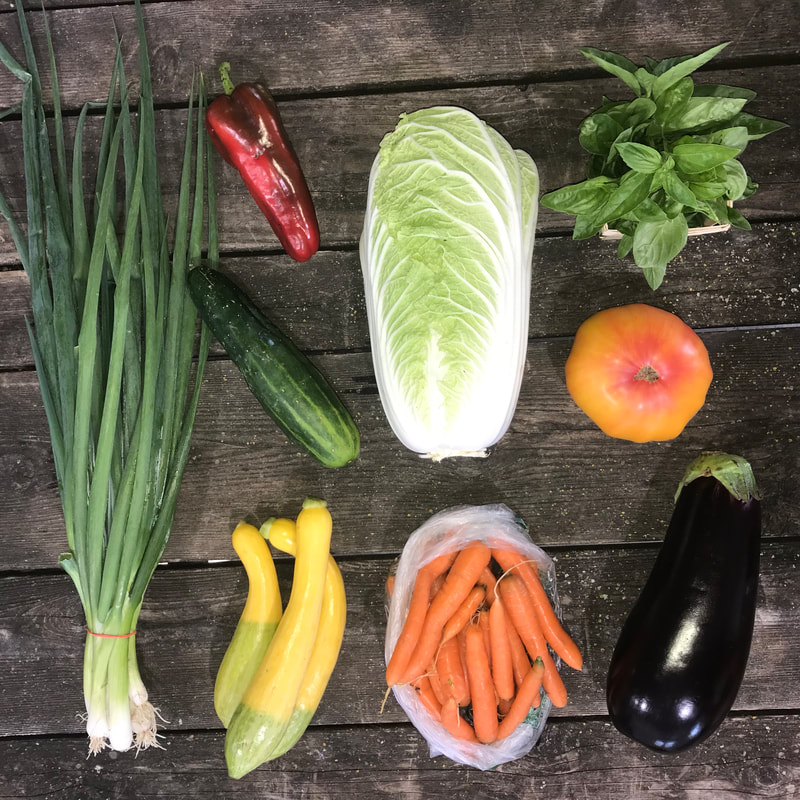

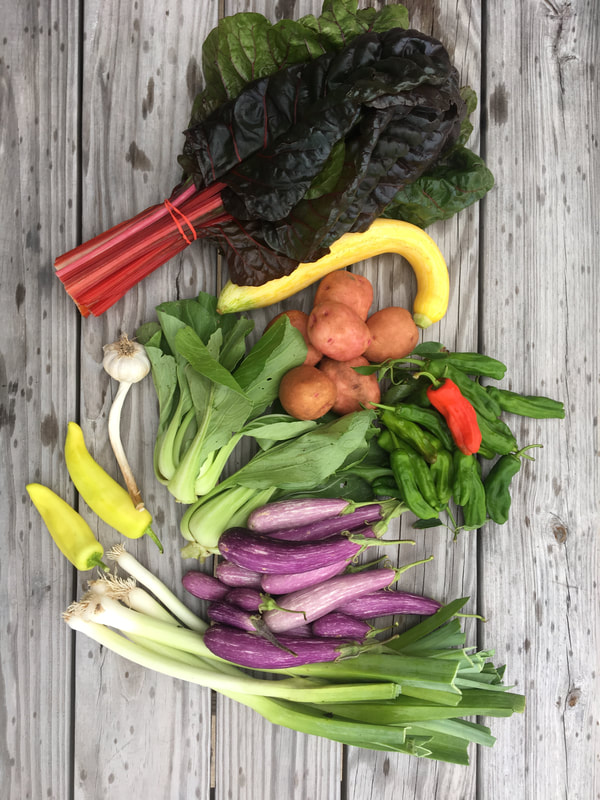


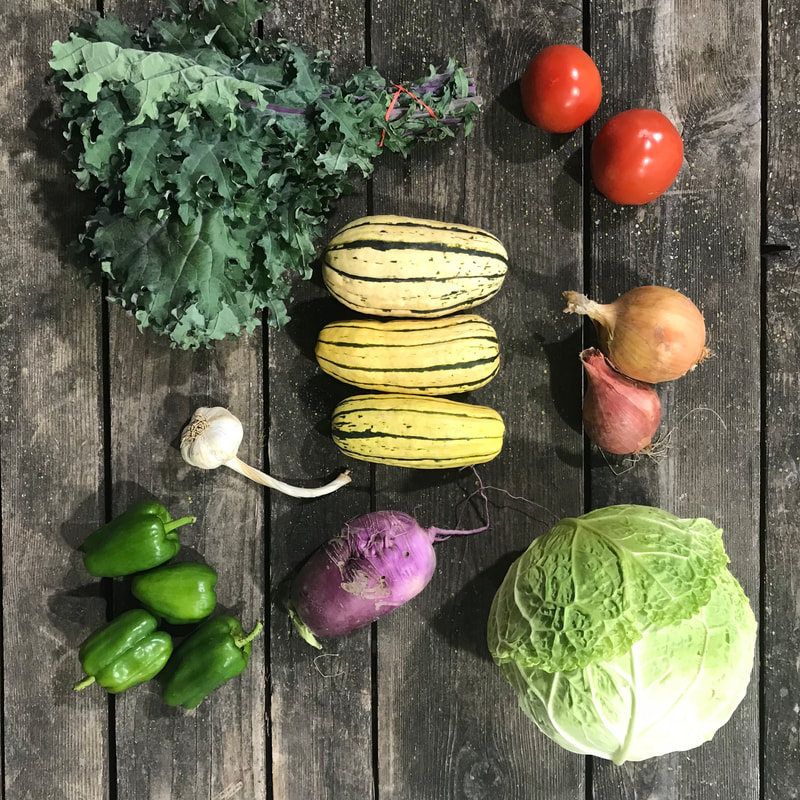

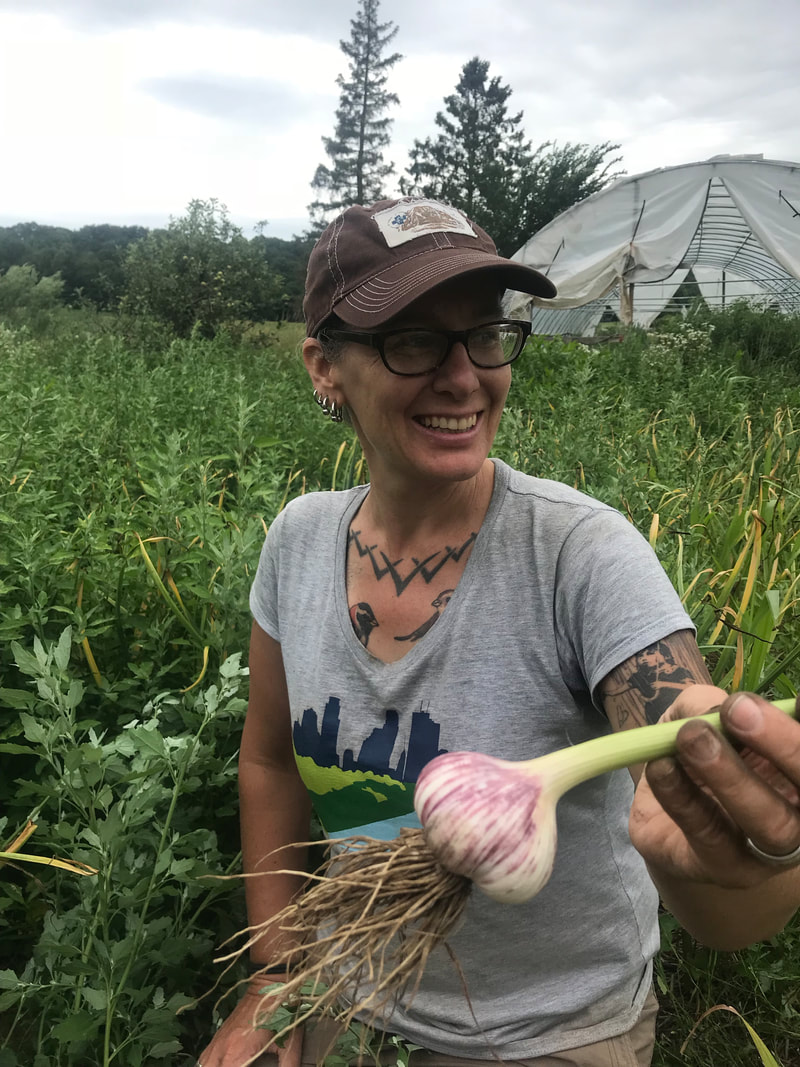





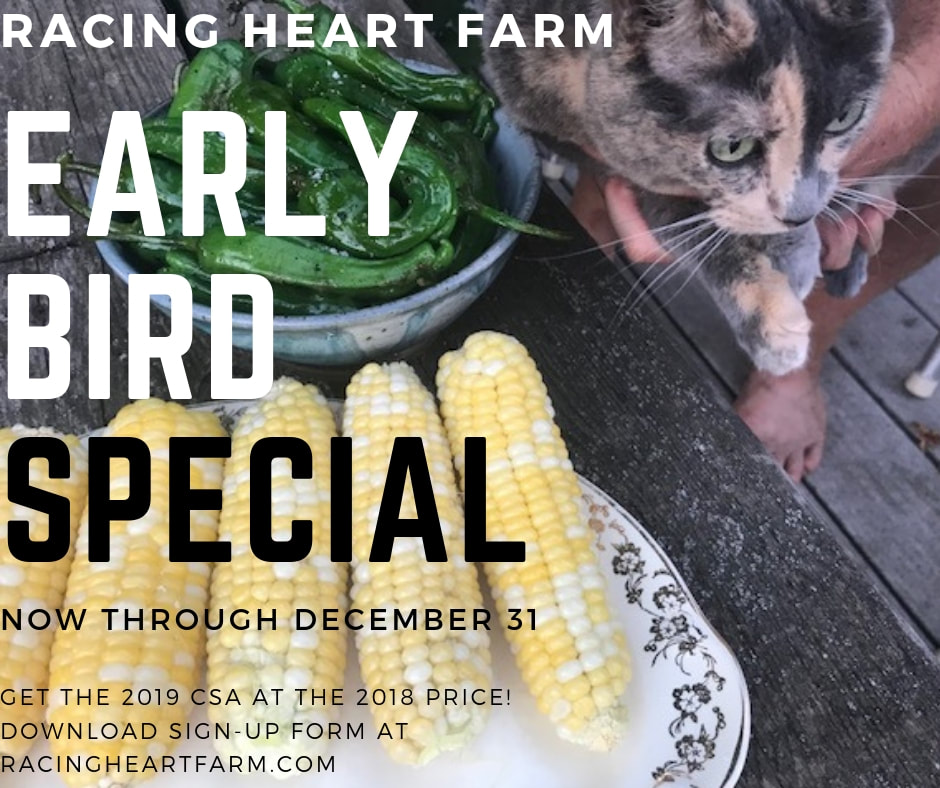


 RSS Feed
RSS Feed